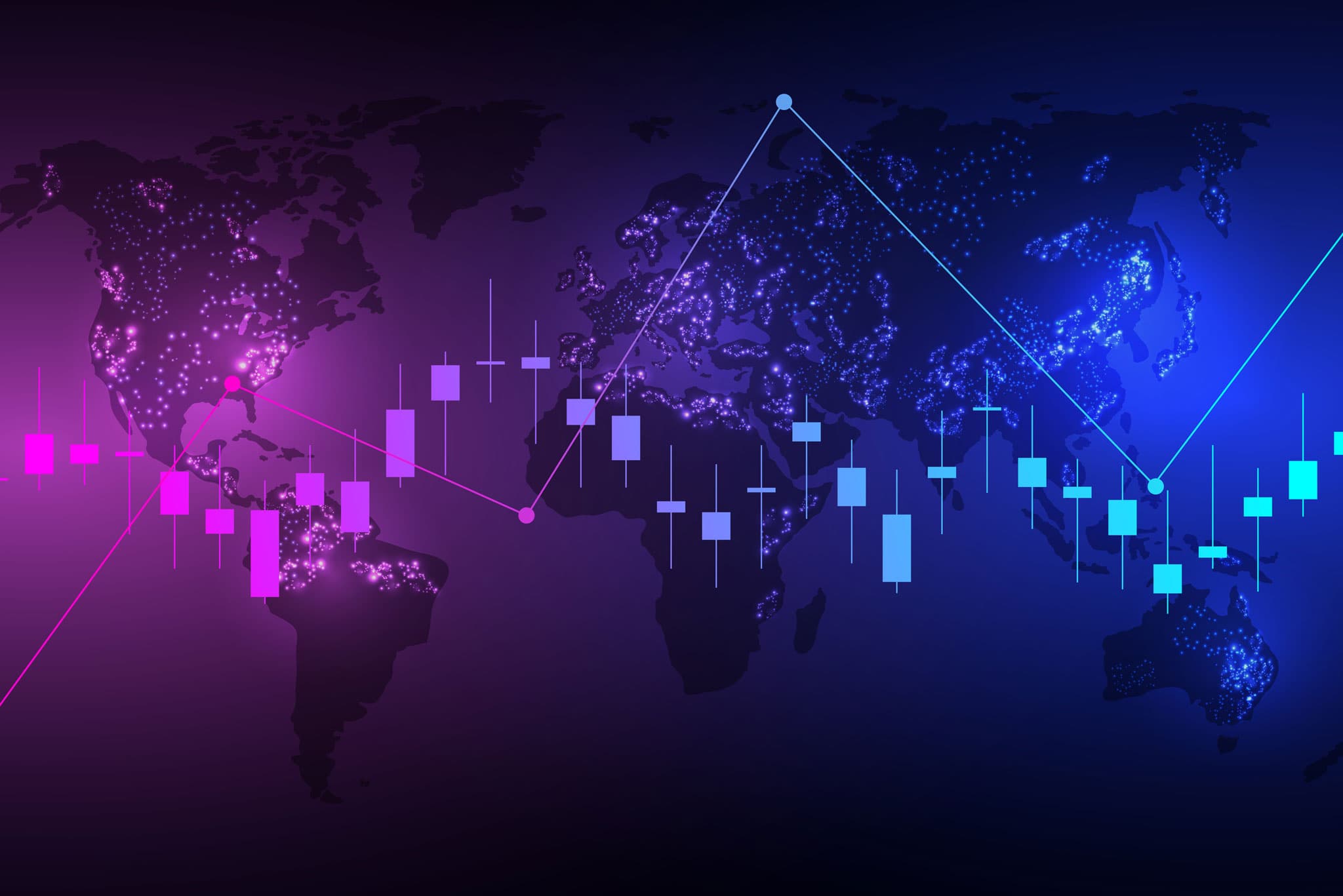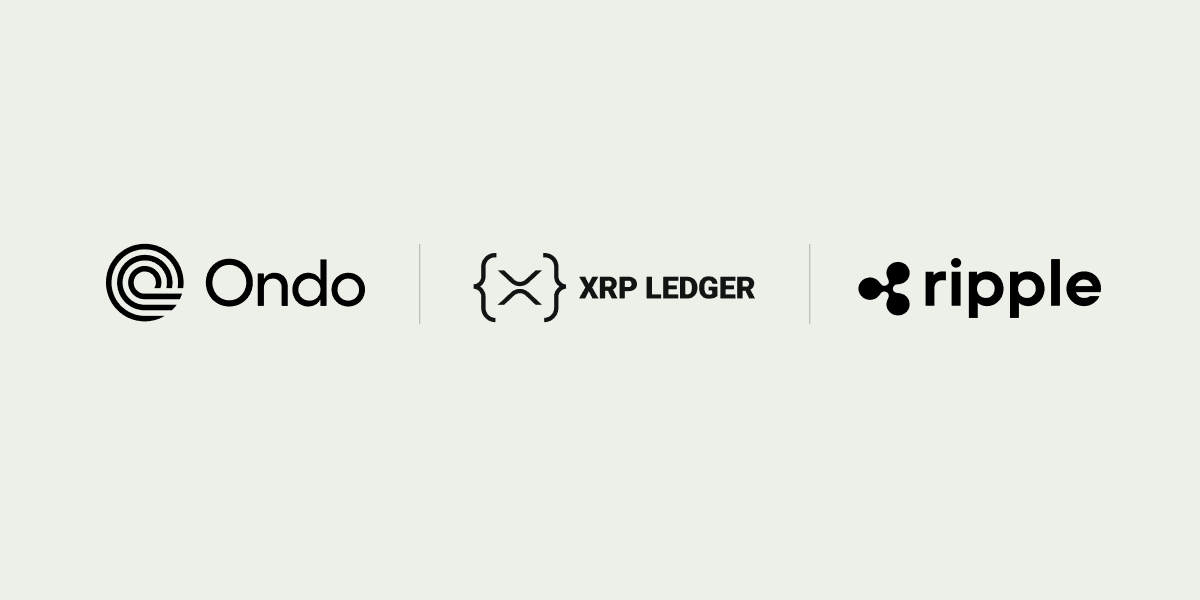Today, financial institutions are harnessing the power of blockchain and digital asset technology and seeing tangible results.
At the 2020 World Economic Forum, Secretary of the Treasury, Steve Mnuchin, referenced this progress. He spoke about the impact of digital assets: “There are benefits to cross-border payment systems in lowering costs for consumers and businesses. We absolutely support companies working on this.”
Industry research suggests blockchain adoption became widespread in 2019, with growing awareness of the added value that digital assets can play when paired with blockchain—especially for key use cases like cross-border payments. Moreover, this past year, derivatives trading in digital assets recorded remarkable growth—an important step in the maturation of these technologies.
Taken together, increased utility of digital assets in cross-border payments and the introduction of derivative trading are all contributing to a more liquid and stable market for digital assets than ever before, with no sign of slowing down.
Growing Utility Helps Drive Market Validation
Ripple’s global network, RippleNet, provides a reliable, instant and lower-cost cross-border payments experience. Customers who use RippleNet’s On-Demand Liquidity (ODL) service are able to leverage the digital asset XRP to source liquidity as an alternative to traditional pre-funding. The network’s ODL users are driving usage and utility of XRP.
For example, money transfer giant MoneyGram leverages Bitso—the leading exchange in Latin America—as their key exchange partner into Mexico, using RippleNet’s On-Demand Liquidity (ODL) service. ODL uses the digital asset XRP as a real-time liquidity bridge between sending and receiving currencies. In addition to freeing up working capital, it offers instant settlement and guarantees the most competitive FX rates available today. MoneyGram recently revealed that it’s moving more than 10% of payment transactions between the U.S. and Mexico using ODL, and the business plans to use the service in several more corridors this year.
In this way, RippleNet is enabling financial institutions to connect with each other and also with each other’s extended networks, creating ‘network of network’ effects. As these network effects continue to increase, it will drive even more liquid markets and robust financial products around crypto, bringing new entrants into the ecosystem.
Digital Asset Markets: Increased Build Out of Financial Infrastructure and Products
Historically, trading in digital assets has been considered a speculator’s market, with both retail investors and larger institutional players looking to trade in deeper liquidity pools. But last year, the market shifted. Traditional institutional names—like Fidelity, TD Ameritrade and JP Morgan—entered the space, principally on the infrastructure and equity investing side. The more participants, especially established institutional players, in liquidity provisioning, the more competitive the market.
Not surprisingly, financial product evolution has continued to evolve. These new institutional entrances, specifically for hedging instruments such as futures/derivatives, plays a big role bringing new investors into the space, thereby further stabilizing markets. In the past year, derivatives trading in digital assets recorded clear growth.
Continued growth in derivatives will open up access to more efficient capital and drive higher trading volumes throughout 2020 and beyond. Additionally, as more and more hedging products emerge, traditional investors will see greater opportunities to trade digital assets—reducing risk and further increasing trading volumes.
New instruments for digital asset trading are also important in this evolution. In fact, perpetual swaps are considered the most liquid and heavily traded instruments in digital assets today, creating an efficient forum to trade. A recent example of this includes the world’s leading exchange, Binance, adding XRP to its Futures trading platform and making it available in the form of XRP/USDT perpetual contract.
Additionally, the growth potential for the digital asset borrowing/lending market is substantial, with the market now considered a $5 billion industry. This substantial momentum in the past year has been fueled in part by low interest rates for many fiat currencies, an increase in the number of digital asset market participants requiring working capital, and growth of long-term digital asset holders looking to generate yield.
The Tipping Point for Critical Mass Adoption
Despite the fact that today’s market is more liquid than ever before, digital asset values—which have been trading in correlation with each other—remain relatively low. It appears that digital asset markets are still undergoing a period whereby real-world utility and adoption are catching up with some of the speculative hype.
XRP has boasted tremendous growth as a global payment asset in the last year or two, as elaborated above in this article. However, the growth potential of transformational technologies tends to unfold exponentially. Therefore, the markets tend to overestimate the impact in the short term, but underestimate it in the long run. As institutional-grade infrastructure continues to be built, and real-world problems are increasingly solved using digital assets like XRP, the tipping point to critical-mass adoption is constantly moving closer.







